
Ricardo Diaz Blends Old and New for Slasher Update
While preparing to shoot Legendary Pictures’ new feature film Texas Chainsaw Massacre, director of photography Ricardo Diaz and director David Blue Garcia felt an additional layer of pressure to measure up. Diaz and Garcia are film-school graduates of the University of Texas, where master cinematographer Daniel Pearl, ASC and his cohort famously studied just prior to making the original Texas Chainsaw film in the early 1970s.
“You don’t go through that program and not get an education in The Texas Chainsaw Massacre and the people who made it,” says Diaz. “It was a good pressure, and when I met Daniel, it felt like a passing of the torch – a torch I felt honored to hold.”
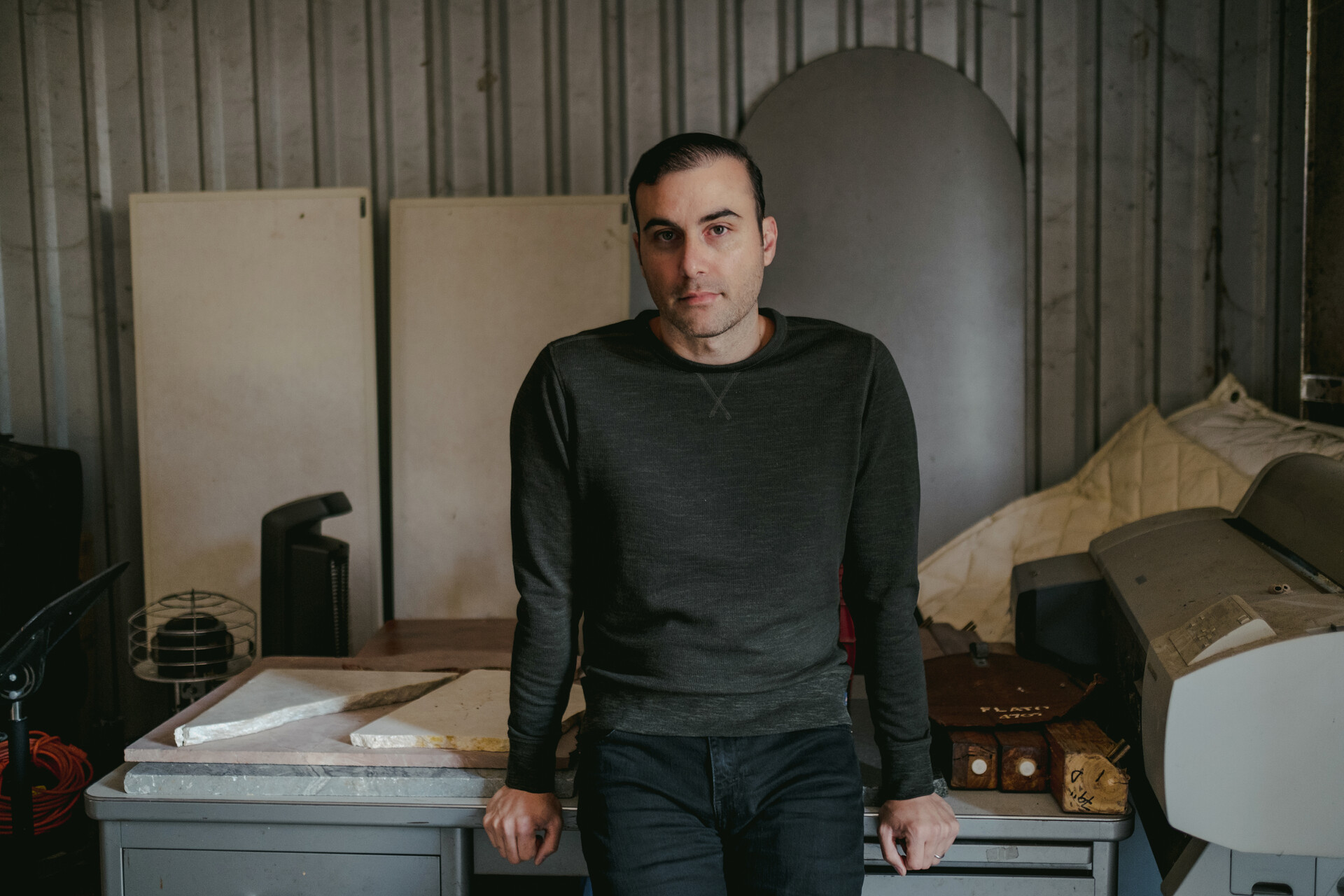 Cinematographer Ricardo Diaz
Cinematographer Ricardo Diaz
The original, which Pearl shot on 16mm reversal film, had an outsized impact on subsequent horror and indie filmmaking that resonates to this day. The makers of the 2022 film – the ninth in the evergreen franchise – wanted to respect the iconic first film while being guided by a “elevated grindhouse” aesthetic. Diaz and Garcia came onto the project last-minute, and had only a few days to prepare for what ended up being an approximately 35-day shoot. The expedited prep meant that they had to rely to some extent on what they knew would work, rather than finding an approach through testing and experimentation.
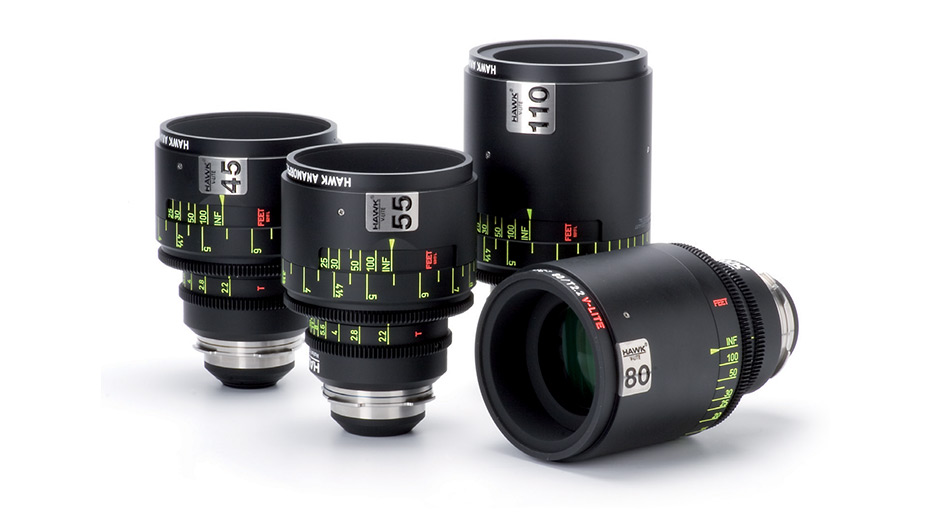
“We wanted something that didn’t look too clean, but would provide classic characteristics,” says Diaz. “That meant Super 35 or anamorphic. Anamorphic was new to the franchise, but it pointed us in the right direction. It’s not clean. It subtly alters things, adding a sense of dimensionality that spherical doesn’t have. We felt that these imperfections paid homage to the grindhouse films that are a little rough around the edges, while maintaining a beautiful and classic feeling.”
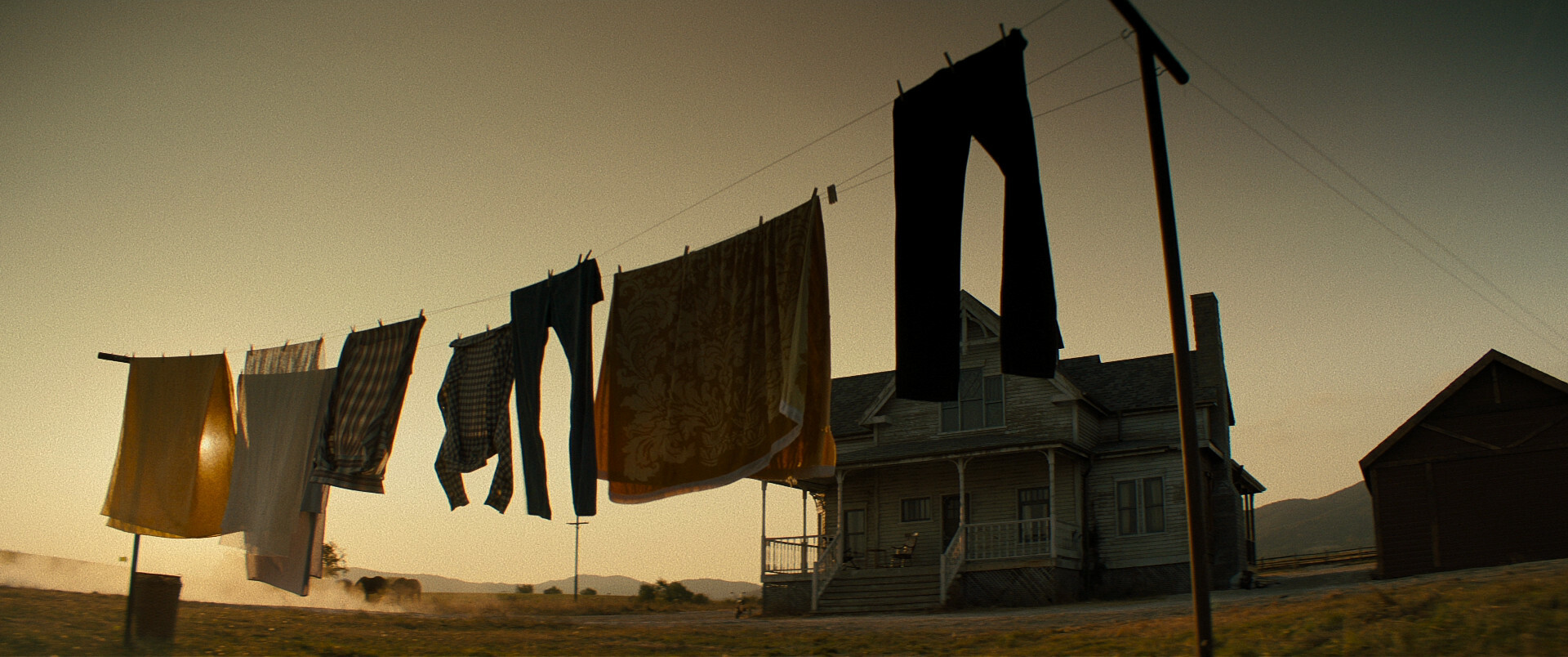
The story follows a group of young, internet-savvy influencers who move to a dusty Texas town and unwittingly rouse Leatherface, who has been lurking for the previous 50 years. Needless to say, chaos ensues. Diaz and Garcia wanted to echo this blend of the old and the new with their cinematography.
Given this visual strategy, Diaz opted for Hawk V‑Lite 2x Anamorphic lenses combined with Arri Alexa Mini cameras, usually two for the sake of efficiency. “I had tested the V‑Lites previously, and I knew they would do exactly what I wanted them to do for this project,” says Diaz.
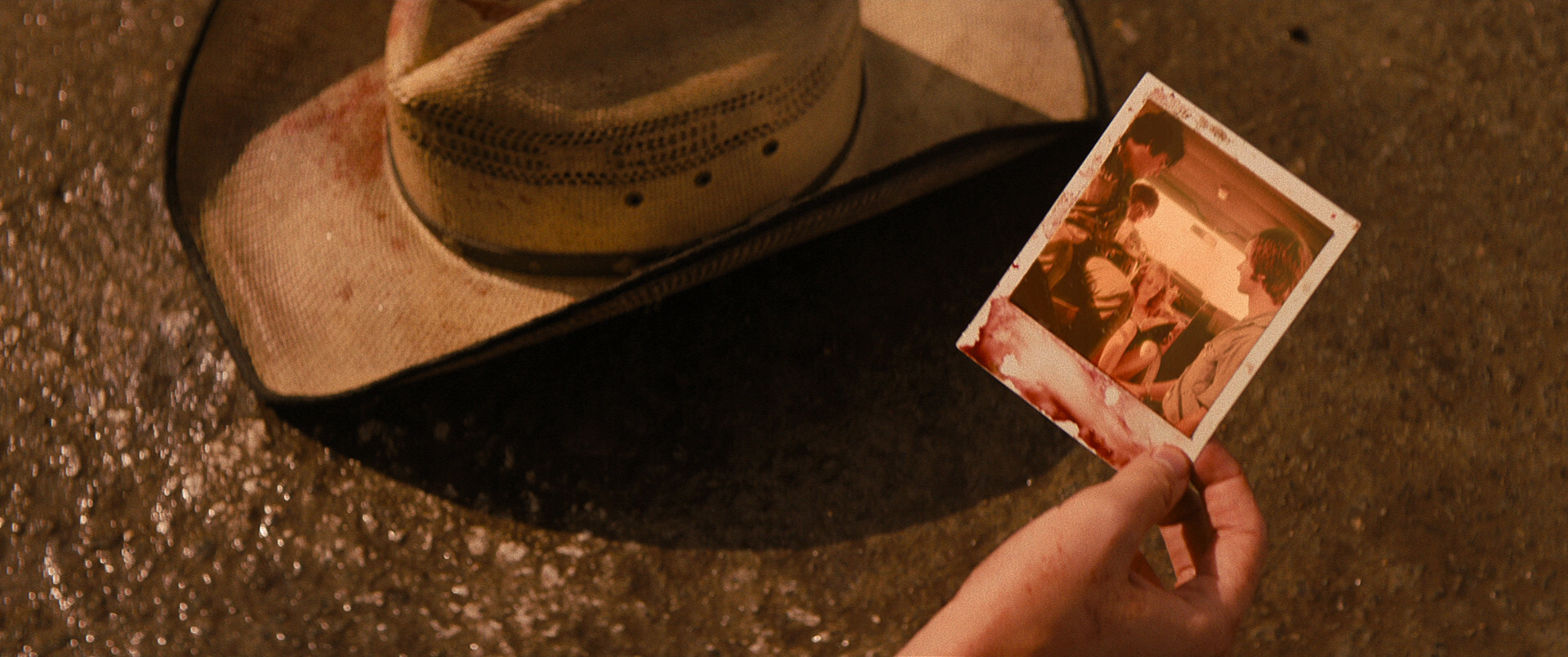
The V‑Lites brought a number of advantages to the shoot.
In the 1974 film, the visuals communicate a sticky, oppressive heat. “You can feel how hot it is in every frame of the original,” says Diaz. “Everyone’s got beads of sweat. Texas can be extremely humid. We wanted to represent that humidity with halation and flaring, traits that the first film doesn’t have.”
To take the edge off the contrast and emphasize halation around bright sources in the frame, Diaz used a Smoque filter, which dovetailed with the lenses to add atmosphere. Bright objects in the frame surrounded by particle reflections help give audiences a sense of how it feels to be hot and terrified.
“We added a bit of atmosphere, and with the V‑Lites, you have so much control,” he says. “You can let light stray and hit the lenses, and they handle those flares and contrast really well. For example, we always aimed car headlights right at the lenses – and I loved the results.
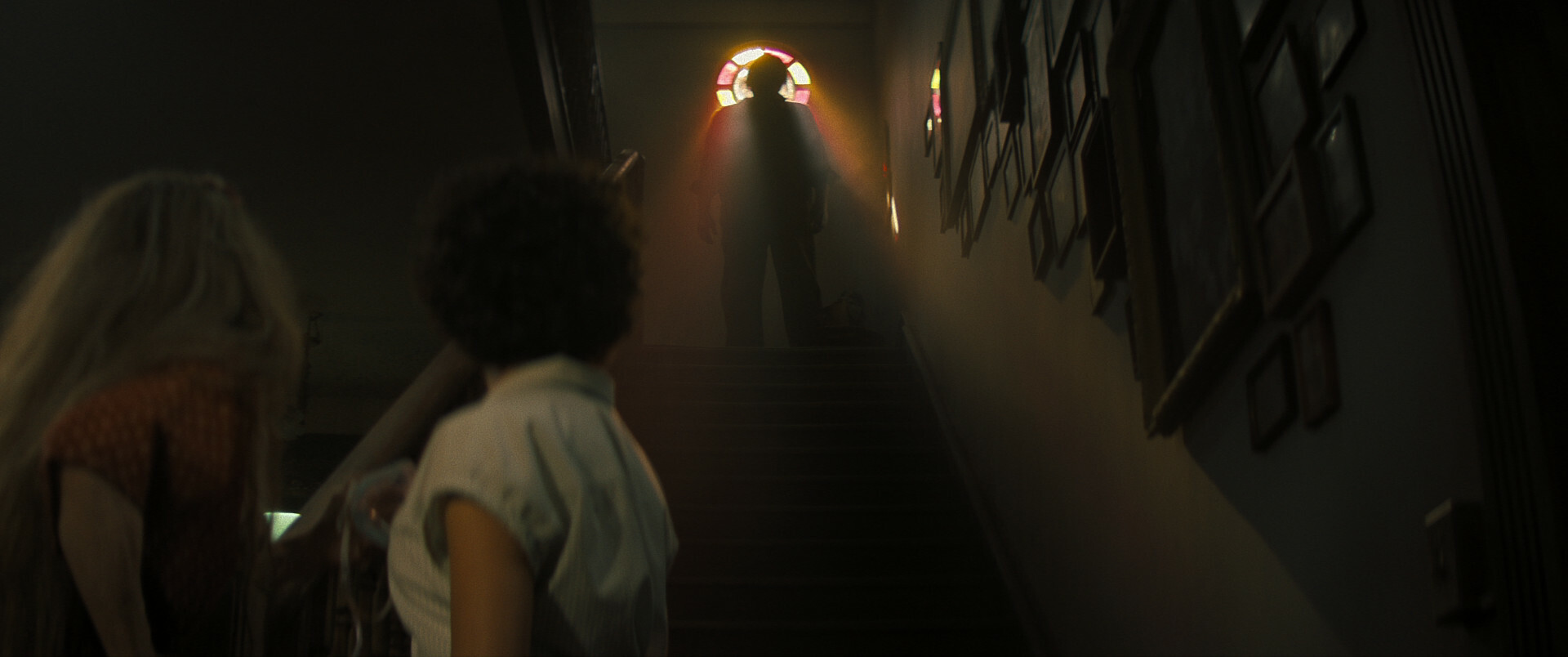
“Another big sell for us was the form factor,” he says. “We had a lot of very small spaces in this film, and the V‑Lites were perfect for those situations. We were under beds, in a bus, in bathrooms and closets, and inside cars.”
Framing was often designed to place the characters in a virtual fun-house – confused, askew, trapped or lost. “We tried to show as much scope as possible, even in cramped quarters,” says Diaz. “We were always trying to make it feel as claustrophobic – with no way out. We were constantly putting two cameras in difficult, tight spots, and the V‑Lites allowed us to do it.”
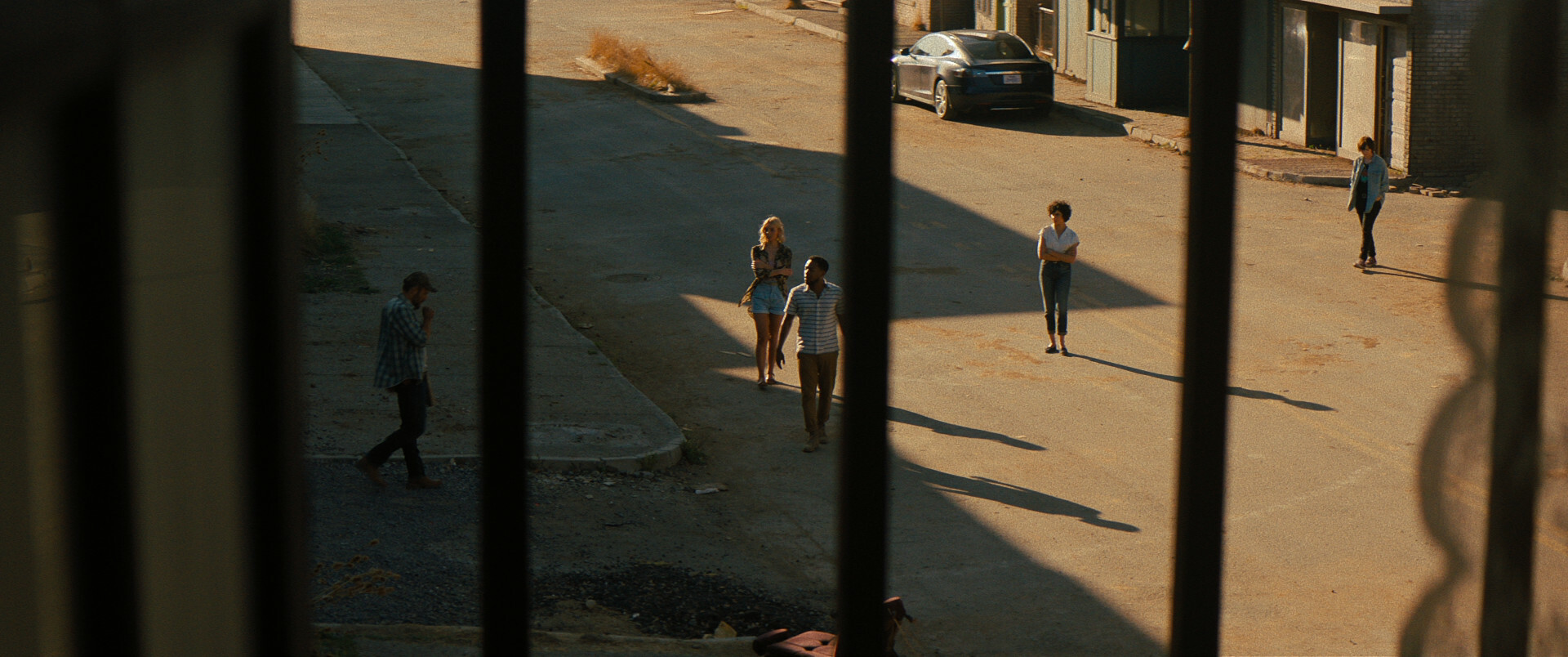
The final images are framed in a 2.39:1 aspect ratio, extracted from the roughly 2.66 image captured on the sensor. That approximately 10% margin gave the filmmakers the opportunity to reframe or stabilize in post.

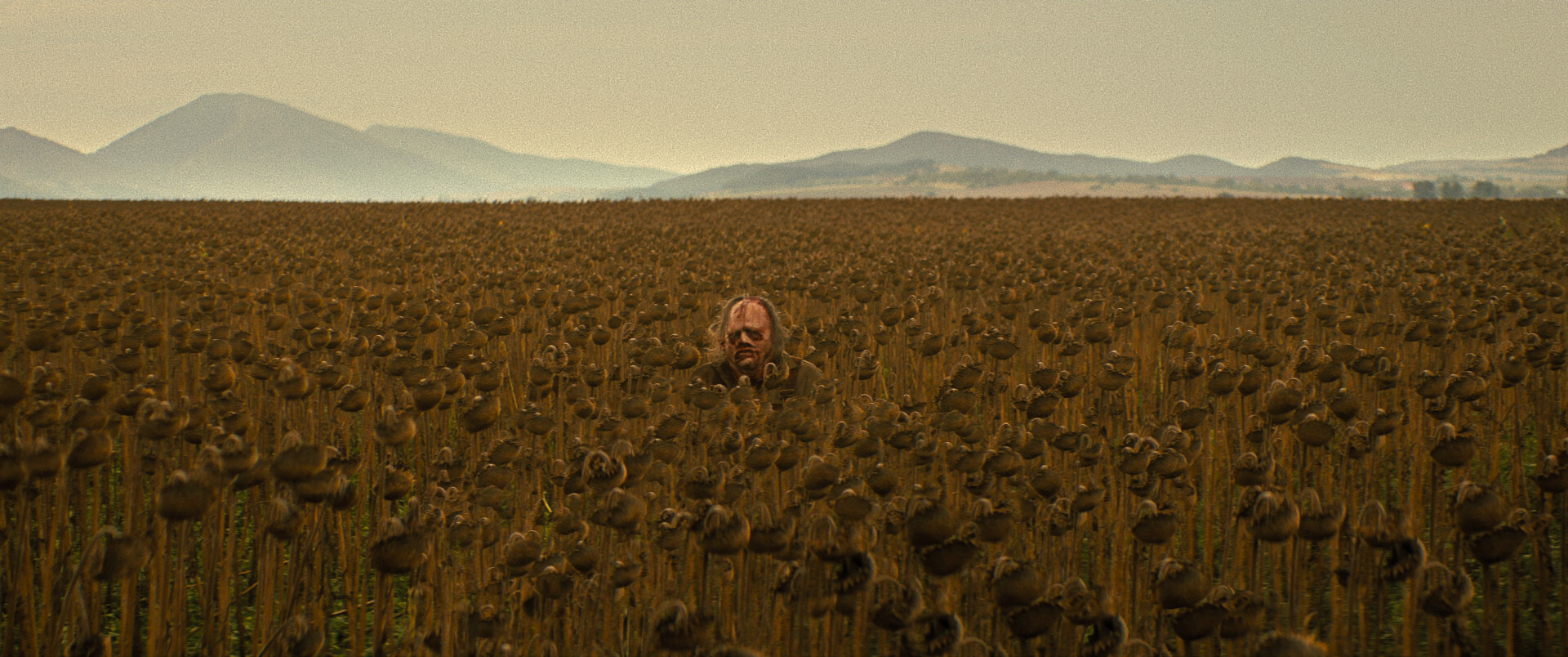
Diaz is currently considering 1.3x V‑Lite Anamorphic lenses for an upcoming commercial, and MiniHawk Hybrid Anamorphics for a feature he is prepping.
Meanwhile, according to FlixPatrol, Texas Chainsaw Massacre has already become the most-watched movie on Netflix globally, topping the viewership rankings in 34 countries since its release on February 18, 2022.
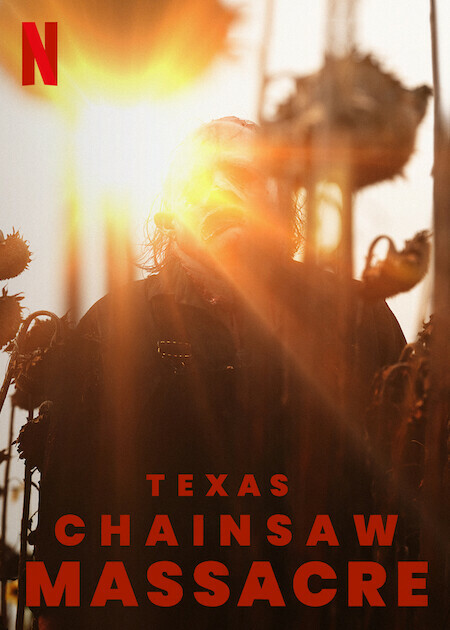
Watch the trailer here
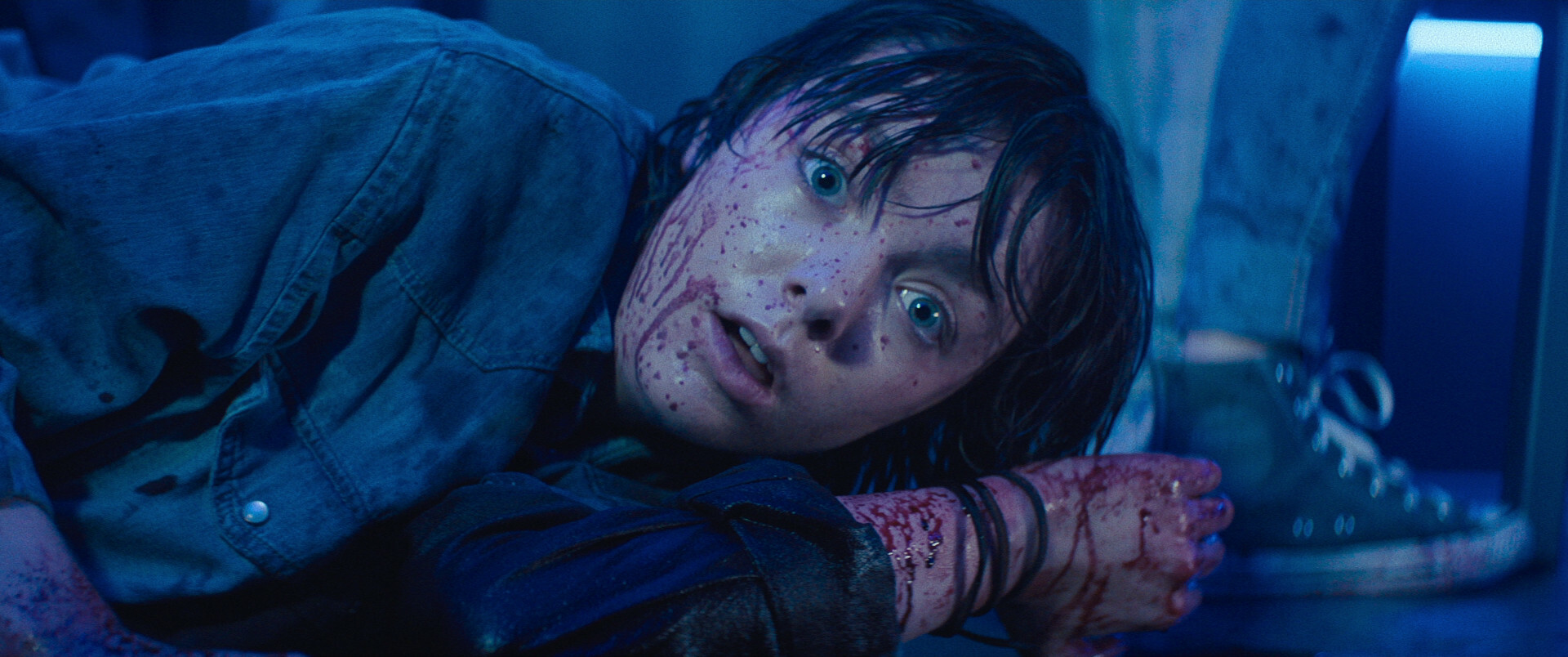
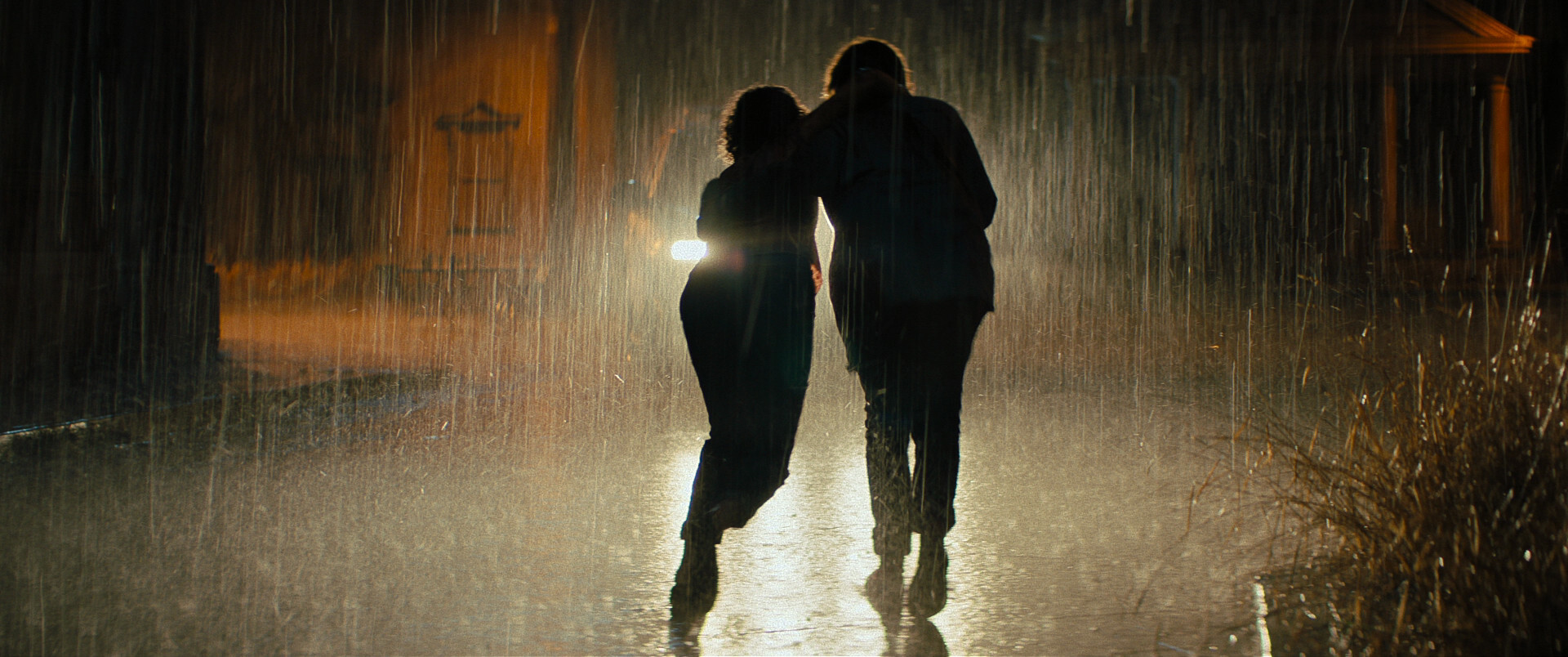
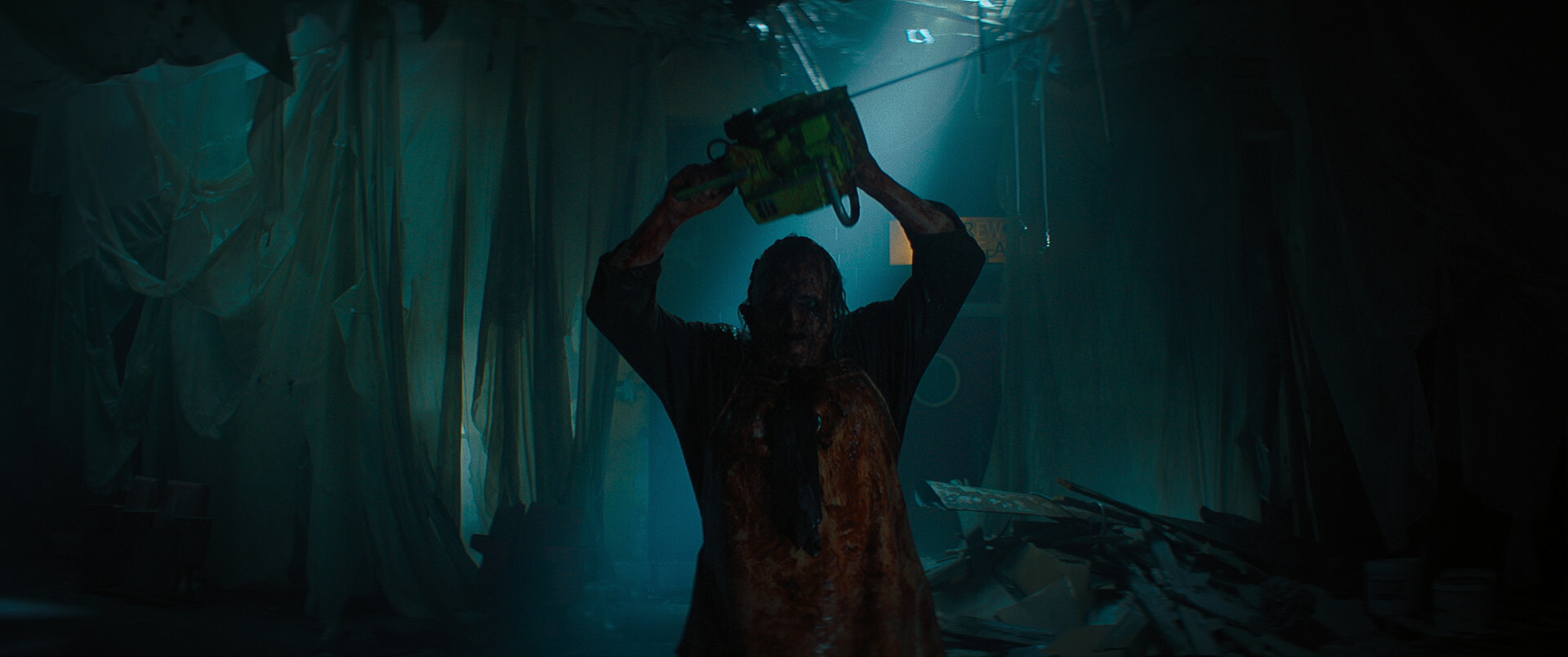
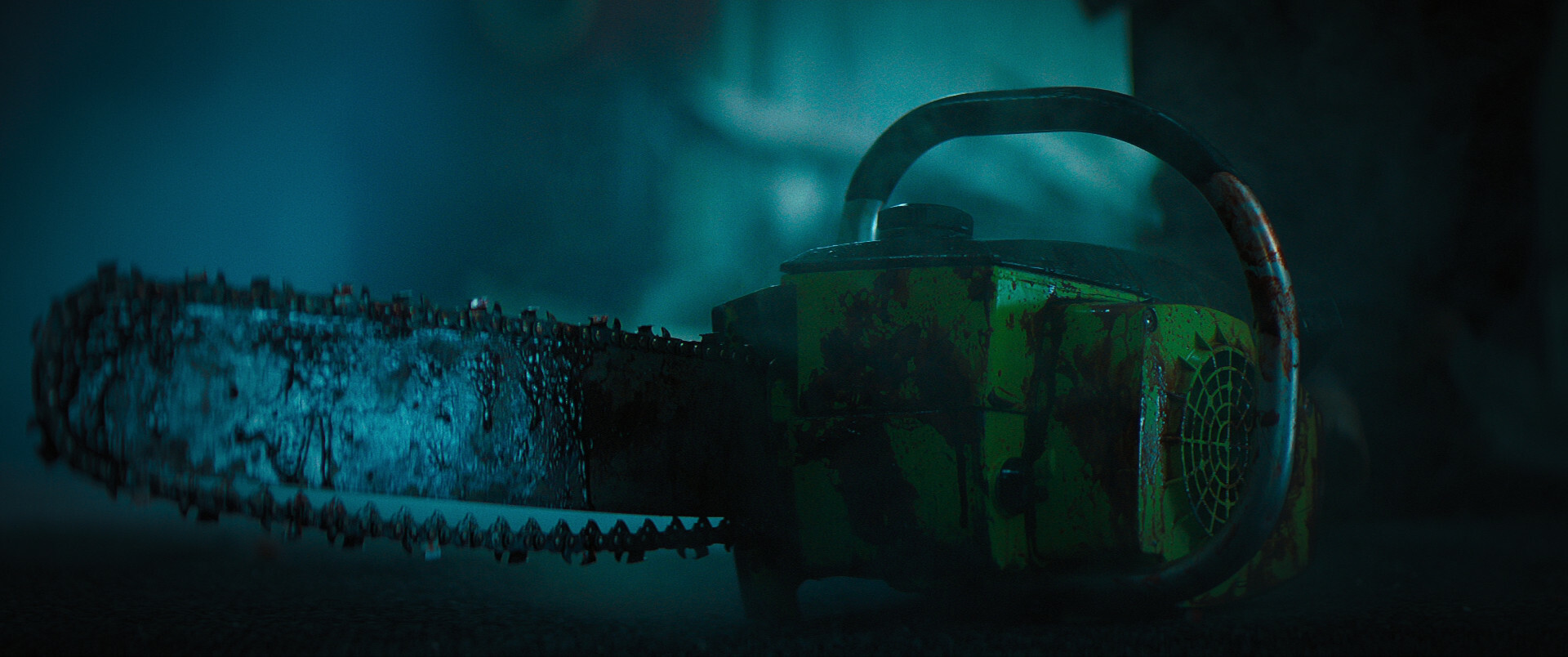



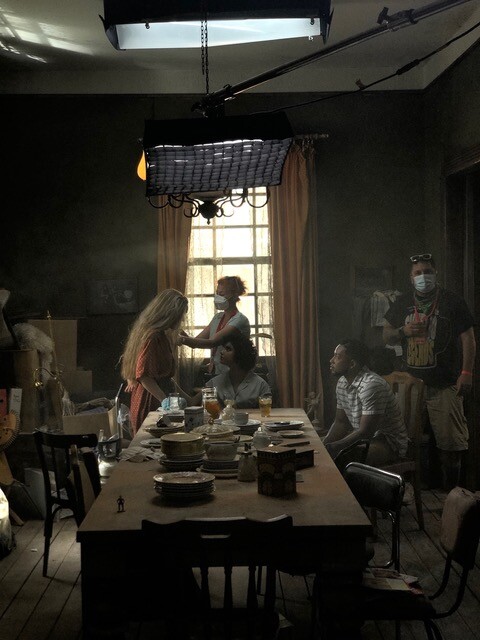 images: Ricardo Diaz / Cassandra Klepac / © Netflix
images: Ricardo Diaz / Cassandra Klepac / © Netflix